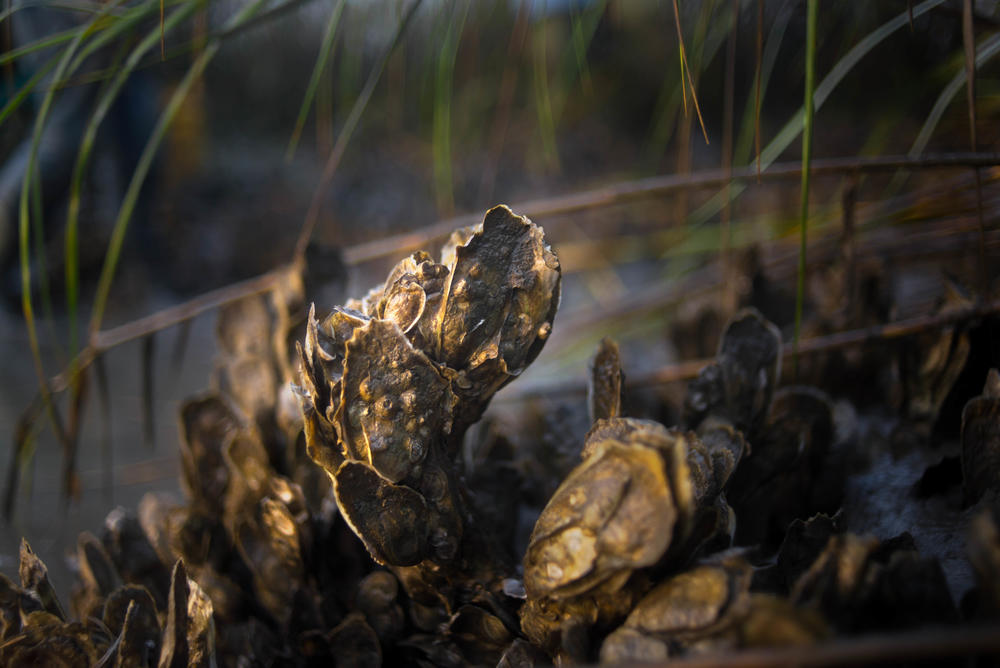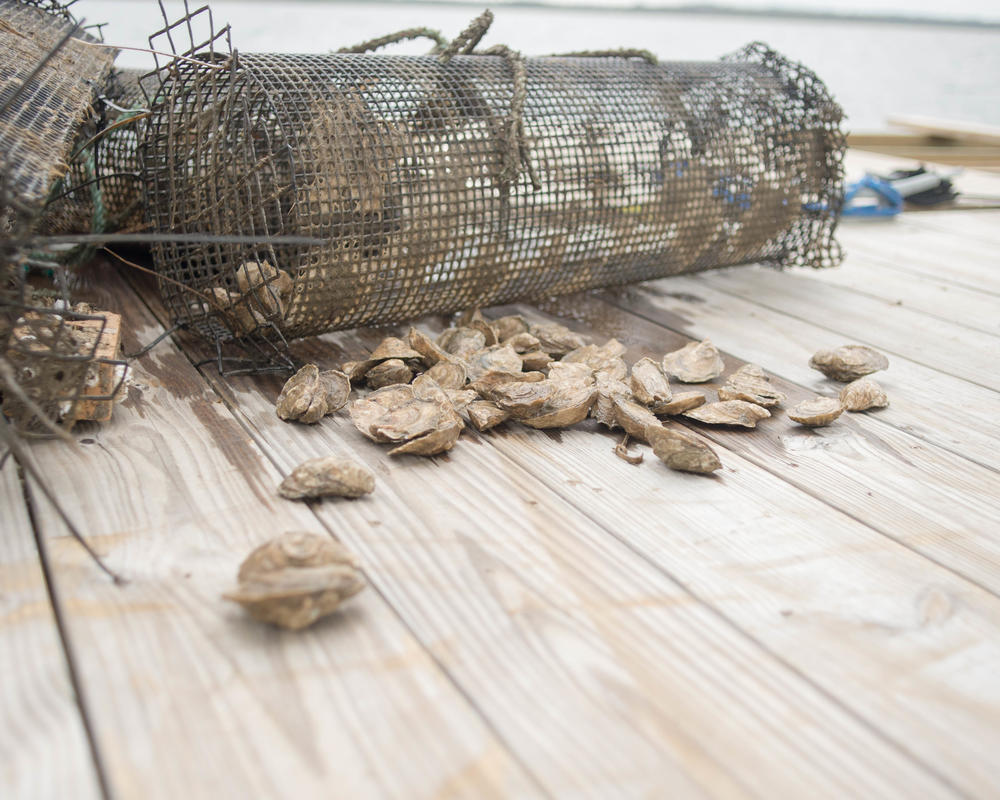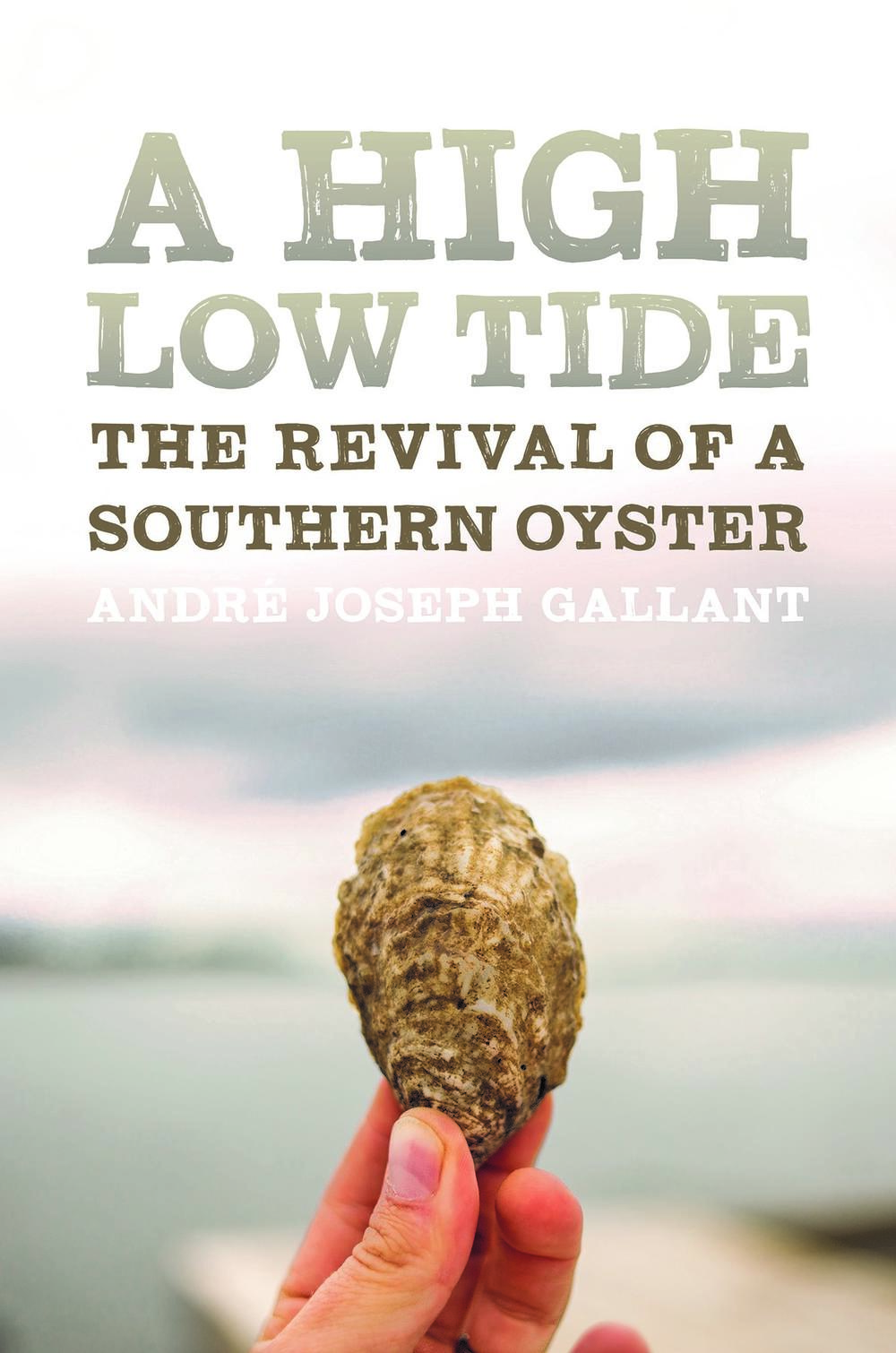Section Branding
Header Content
Farming Georgia Oysters Could Revive Coastal Economies
Primary Content
Georgia was once a leader in the oyster canning business, but the last cannery closed in the 1960s. In decades since, the local bivalves had a reputation as too wild, too muddy and too much work, so they didn't show up on a lot of menus. In the past few years, however, a group of people attuned to the estuaries of Glynn, Camden, Liberty and McIntosh counties have helped revive the Georgia oyster — through farming. Their stories are the center of the new book "A High Low Tide: The Revival of a Southern Oyster."
"On Second Thought" host Virginia Prescott speaks with André Gallant and Bryan Rackley.
The author, André Gallant, joined us with more on the past, present and future of Georgia's oyster industry. Bryan Rackely, co-owner of Kimball House — a Decatur restaurant known for its oysters — also joined the conversation about these briny bivalves. Gallant and Rackely will both be at the Oyster South event "Landlocked" Oct. 20 and 21 in Decatur.
Previous coverage | On The Water: Farming Oysters On The Georgia Coast





